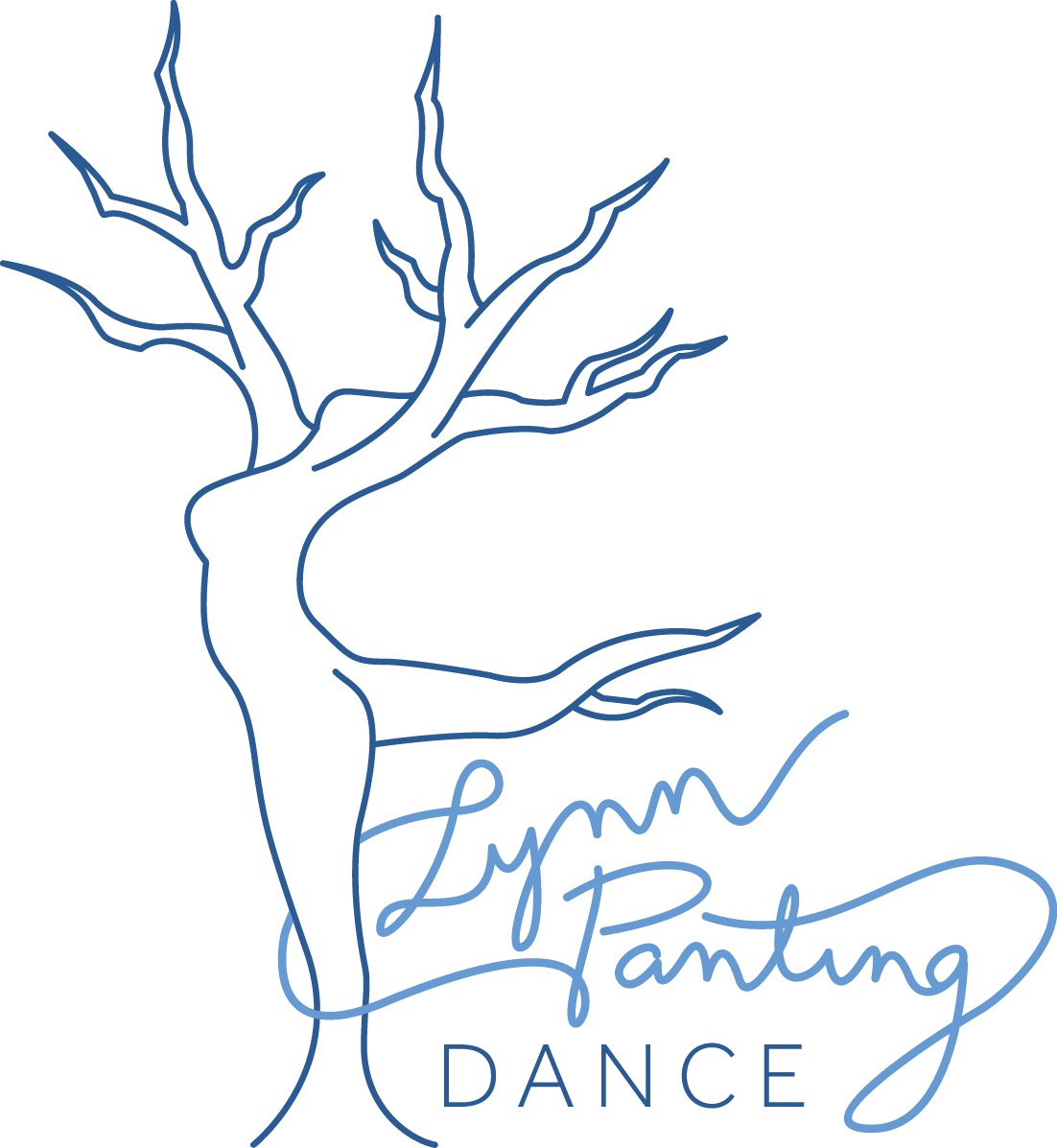Choreographing Chemistry: Building Connection on Stage
Reading of Puppy Teeth by Owen Carter, Untellable Movement Theatre, 2024
On stage, chemistry is magic. It's the spark that transforms a performance from ordinary to unforgettable. Whether it’s the tender connection between lovers, the camaraderie of close friends, or the fiery tension of rivals, authentic chemistry brings relationships to life. For directors and choreographers, fostering these connections is both an art and a science, often rooted in movement and physicality.
Here are practical tips to help performers build trust and connection, ensuring the relationships they portray feel genuine and compelling.
Be Transparent and Set Clear Expectations
Authentic chemistry thrives in an environment where performers know what to expect and feel fully informed about the creative process. Transparency builds trust, reduces anxiety, and allows performers to focus on their work without second-guessing their boundaries or roles.
Outline Goals Early: Share your vision for the scene or performance upfront. Explain the tone, emotional arc, and movement goals so performers understand the bigger picture.
Define Roles and Responsibilities: Clearly outline what is expected from everyone in the room.
Create a Consent-Driven Environment: Establish a clear process for gaining consent and ensure performers know they can revisit or revoke their consent at any time. Encourage open communication about comfort levels and any concerns.
Create a System for Feedback: Ensure that performers have a system to express if they feel comfortable with the direction the scene is taking. This allows for adjustments before discomfort arises.
Be Specific in Direction: Avoid vague instructions like “act more romantic” or “look angrier.” Instead, guide performers with concrete actions, such as “reach for their hand as though you’re unsure if they’ll accept” or “step away, then turn sharply to face them with tension in your shoulders.”
By setting expectations and maintaining transparency, you foster a rehearsal space where performers feel respected, valued, and supported. This foundation not only enhances the chemistry on stage but also ensures a more positive and collaborative creative process for everyone involved.
Trust-Building Exercises
Chemistry begins with trust. Performers must feel safe and comfortable with one another before they can authentically connect. Incorporate trust-building activities into your rehearsal process:
Mirror Exercises: Partners face each other and mirror each other’s movements. This builds focus, awareness, and non-verbal communication.
Contact Improvisation: Encourage performers to explore weight-sharing and gentle physical contact to build trust and understanding of each other’s boundaries.
Eye Contact Drills: Have performers sit across from each other and hold eye contact for extended periods. This may feel awkward at first but can create a profound sense of connection.
Use Movement to Define Relationships
Movement tells a story of its own. The way performers interact physically says as much about their relationship as their dialogue.
Proximity and Space: How close or far apart are the performers? Lovers might gravitate towards each other, while rivals might instinctively maintain distance.
Touch and Tension: A gentle touch on the arm can convey affection, while a hesitant or abrupt movement can suggest discomfort or conflict. Experiment with varying levels of tension in movement to define the relationship.
Rhythm and Energy: Partners who move in sync may appear united, while mismatched rhythms can convey discord or unease.
Align Physicality with Emotional Intent
Chemistry feels real when the physical and emotional align. Help performers connect their movements to their characters’ motivations and feelings.
Embody the Emotion: Encourage performers to explore how their character’s emotions affect their physicality. A confident character might have strong, grounded movements, while a nervous one might fidget or avoid eye contact.
Identify the Stakes: Discuss what each character wants in the scene and how that desire influences their movement.
Layer the Subtext: Teach performers to use subtle gestures and physical cues to communicate what their character isn’t saying out loud.
Prioritize Ensemble Connection
While individual relationships are important, a strong ensemble creates a cohesive, believable world.
Group Warm-Ups: Begin rehearsals with whole-cast warm-ups to foster a sense of unity and shared purpose.
Group Dynamics: Experiment with group movement, such as everyone walking in unison to build ensemble chemistry.
Shared Storytelling: Encourage cast members to view their relationships as part of a larger story, emphasizing the importance of every connection on stage.
Reflect and Adjust
Chemistry is a dynamic process that evolves over time. Encourage performers to reflect on their interactions and adjust as needed.
Feedback Sessions: Create a safe space for performers to share what’s working and what feels awkward.
Revisit Scenes: Chemistry can deepen with repeated exploration. Revisit key scenes to allow performers to refine their movements and relationships.
Celebrate Progress: Acknowledge and celebrate moments of authentic connection.
Choreographing chemistry is about creating an environment where performers feel safe, connected, and empowered to take creative risks. By combining exercises, thoughtful movement direction, and a focus on ensemble alignment, you can help performers forge authentic connections that resonate with audiences.
On stage, chemistry isn’t just about what the audience sees — it’s about what the performers feel. And when performers truly connect, the story they tell becomes electric, unforgettable, and real.

